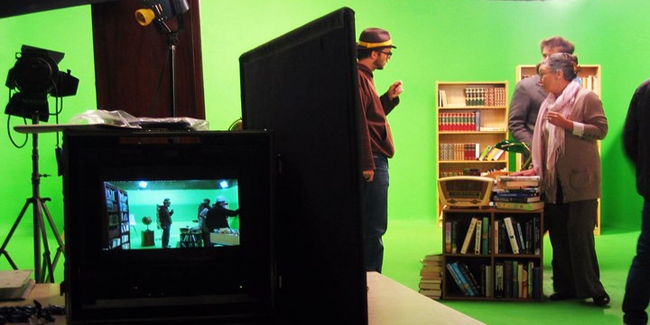PPPPP (OR PRIOR PLANNING PREVENTS POOR PERFORMANCE)
It’s no secret that planning is key to a shoot and in my experience the more meticulous you are the more things you are prepared for. Sure you could show up and “freestyle it” but to be honest you can only get away with that if your last name’s Nolan and your first name’s Chris. I’ve seen people try it and I’ve seen people do it who are quite good at it but they always have a tougher time having not planned it out.
So what consists of planning? Well the primary ones being; location(s) locked, equipment booked, props organised, costumes decided on, shot list made, schedule composed, call sheets sent and anything else that may be important to your specific shoot.

SHOT LIST
For me this is the first thing I do.
I go through the script or treatment and work out EVERY shot. But it doesn’t stop there. The column based Shot List consists of:
- Scene and shot
- Brief description of shot
- Location
- Talent
- Equipment
- Props
- Notes
and any other areas that are relevant to your shoot. Filling out each box you begin to realise all the little things you may have missed, things like a ketchup bottle as a prop for a certain shot so in a way the Shot List can also act like a checklist.
Looking at your shot list gives you an idea of how much work is involved in your shoot and how much time each scene/shot will take, although there is a more succinct method of working out how long a shoot will take…
SHOOT SCHEDULE
Not to be confused with Shot List although the Shot List informs the Shoot Schedule. This is where planning becomes a logistical exercise. The Shot List is broken down and reorganised into an order that is the most time effective for your shoot. It could be based on talent availability, location availability, lighting set ups, set build, costume and many more relevant factors.
It’s all about you. If you know you will have many lighting set ups you might find filming out of continuity so you don’t have to change a lighting set up only to change it back again saves a lot of time. Don’t forget time is your biggest enemy. Many films are not shot in continuity purely because of the time and cost implications and if your crew and talent are good then no one will be able to tell when they see the final product.
STORYBOARDS
These have a number of purposes, the two most relevant for this section are: conceptual designs to give a client the right idea of what you’re after and visuals as reference for your creative team. To be honest I don’t always use Storyboards because the Shot List is enough, however, when it comes to VFX (Visual Effects) shoots they are a necessity.
With VFX you can put someone in a fake environment that they have to react to or interact with things that don’t exist in a real environment. What will help this process is a Storyboard because the actors can get an idea of what they are “seeing” and the crew will know what shot type will match the VFX. Try placing your Storyboard on the wall or tape it to a desk so that it’s accessible to everyone and DOESN’T GO MISSING!
CALL SHEETS
Really these are so everyone knows where to be and when and helps when there are different call times and locations for cast and crew. Everyone does call sheets differently, sometimes they’re technical sometimes they’re basic BUT as long as everyone understands the details that’s all that matters.
Main pieces of information needed are: name, role, email, phone number, call time/location (individually), location, emergency numbers, schedule (maybe). Sometimes a map is useful to help people find the locations or if a crew and cast have to go from point A to B a quickest route could make a big difference.
ON THE SHOOT
This is the culmination of all of your planning. Your Shot list, Shoot Schedule, Storyboard and Call Sheet are your weapons in your battle against time in order to make a great video.
Try and start on time. It’s rare that a shoot ever does but saving time at the start may save you at the end of the day. To be honest those first two hours can really drag and it may take a while for everyone to get into a rhythm…until lunch and it starts all over again.
With all of the information you’ve circulated before the shoot and made available during; everyone will know what to do and when and will help stay one step ahead and avoid that awkward “What’s up next?” moment.
Thanks for listening. Watch this space for “It’s all in the edit”.
Read more: How to Make a Music Video Step by Step
Tai Campbell, Creative Director, Epik Music Videos
11/01/2013
About EPiK:
EPiK Music Videos is a London based music video production company based in South London close to Camberwell. EPiK work with a diverse group of music video directors, each with the own style and individuality. We have made videos for some hard rocking dudes, British Indian heart throbs and many varieties in between.


